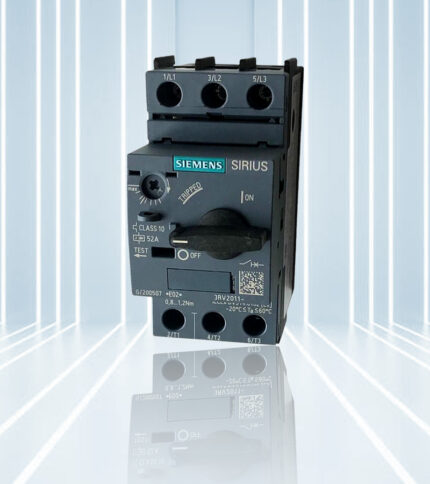Description
Limit Switches are electromechanical devices used in industrial automation systems to detect the presence or absence of an object, limit the movement of machinery, and provide safety interlocking. These versatile devices consist of a mechanical actuator and electrical contacts that are activated by the motion or position of an object, such as a machine part or workpiece. The operation of a Limit Switch involves the actuator making physical contact with an object or reaching a predetermined position, causing the electrical contacts to change state. This change in state can be used to control machinery operation, trigger alarms, or initiate safety shutdowns to prevent equipment damage or injury.
Limit Switches are available in various types and configurations to suit different application requirements. They may feature different actuator types, such as plungers, rollers, or levers, and offer options for mounting, connection, and protection ratings to accommodate diverse industrial environments and operating conditions.
One of the key advantages of Limit Switches is their reliability and durability. They are built with robust construction and sealed enclosures to withstand mechanical shock, vibration, dust, moisture, and temperature extremes encountered in industrial environments. Limit Switches find applications across various industries, including manufacturing, automotive, aerospace, and material handling. They are used for position sensing, end-of-travel detection, limit control, safety interlocking, and machine monitoring in conveyor systems, robotic arms, packaging machinery, CNC machines, and other industrial equipment. Whether used for precise positioning, safety compliance, or equipment protection, our Limit Switches offer the flexibility, reliability, and performance needed to optimize your industrial automation systems with confidence.
Benefits
- Precise Position Sensing: Limit switches provide accurate detection of mechanical motion and positioning, ensuring precise control over machinery and equipment in industrial automation systems.
- Safety Interlocking: Limit switches play a crucial role in safety systems by detecting unsafe conditions, triggering safety interlocks, and preventing hazardous machine movements, thus enhancing workplace safety.
- End-of-Travel Detection: Limit switches help identify the end-of-travel positions of machine components, preventing overtravel and ensuring proper operation, which reduces wear and tear on equipment.
- Reliable Operation: With their simple yet robust design, limit switches offer reliable operation in harsh industrial environments, providing consistent performance even in conditions of shock, vibration, dust, and moisture.
- Versatility: Limit switches are versatile devices suitable for a wide range of applications, from basic position sensing to complex safety interlocking in industries such as manufacturing, automotive, aerospace, and material handling.
Technology
- Mechanical Actuation: Limit switches utilize mechanical actuators such as plungers, rollers, or levers to detect motion or positioning changes, converting mechanical movement into electrical signals.
- Contact Mechanism: Limit switches feature electrical contacts that change state (open or closed) based on the position of the actuator, providing a simple and reliable means of signaling machine status.
- Snap-Action Mechanism: Many limit switches incorporate a snap-action mechanism that ensures quick and positive switching action, minimizing contact bounce and providing accurate and reliable signal transitions.
- Enclosure Protection: Limit switches are housed in sturdy enclosures with sealing to protect internal components from environmental factors such as dust, moisture, and temperature fluctuations, ensuring long-term reliability.
- Multiple Configurations: Limit switches are available in various configurations, including lever-arm, roller-plunger, spring-return, and adjustable types, allowing for flexible adaptation to different application requirements.
Reliability
- Durable Construction: Limit switches are built with durable materials and rugged construction to withstand mechanical stress, vibration, shock, and environmental factors, ensuring long-term reliability in industrial settings.
- High Electrical Endurance: Limit switches undergo testing for high electrical endurance, with contacts capable of handling numerous switching cycles without degradation in performance or contact resistance.
- Temperature Tolerance: Limit switches are designed to operate reliably over a wide temperature range, maintaining stable performance in both high-temperature and low-temperature environments encountered in industrial applications.
- Maintenance-Free Operation: Due to their robust construction and reliable design, limit switches require minimal maintenance, reducing downtime and ensuring continuous operation of industrial equipment.
- Compliance: Limit switches comply with industry standards and regulations for electrical safety, performance, and environmental protection, providing assurance of quality and reliability in compliance-sensitive applications.











